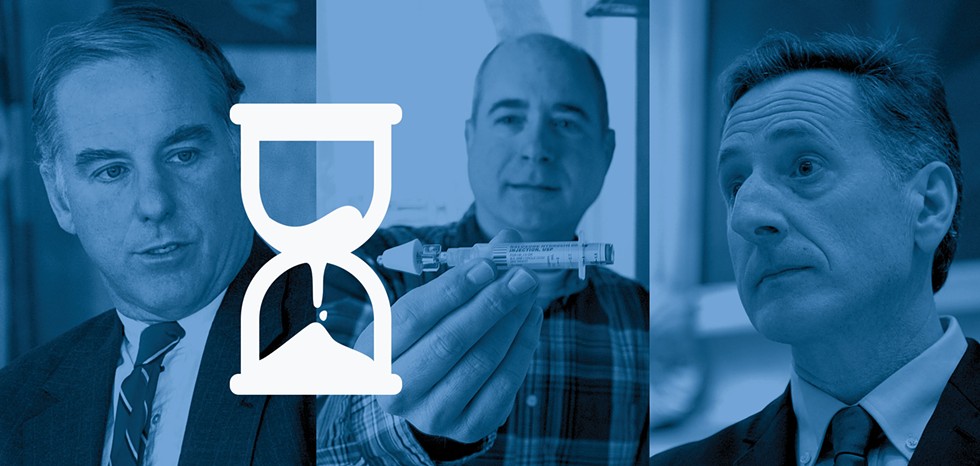Published February 21, 2019 at 11:49 a.m. | Updated May 3, 2022 at 6:02 p.m.
Hundreds of Vermonters have died from opioid overdoses in the past quarter century. More than 8,000 are currently in treatment for opioid-use disorder. Countless others live every day with the despair of this disease. How did we get here? No single event sparked Vermont’s current emergency, but its momentum was building for more than a decade before then-governor Peter Shumlin named it a “full-blown heroin crisis” in his 2014 State of the State address. From the invention of OxyContin to a single night in January 2019 when the University of Vermont Medical Center treated seven overdose patients, our timeline tracks the epidemic in Vermont.
Loading...
Did we miss anything? We’ll update this timeline as the epidemic continues. Contact us at [email protected].
Need Help?
If you or someone you love are suffering from opioid use disorder and need treatment and support resources, here's how to get connected:
- In Vermont: Call 2-1-1, a free and confidential resource hotline provided by the United Way of Vermont.
- Outside Vermont: Call 1-800-662-HELP, a free, confidential 24-hour hotline run by the Substance Abuse and Mental Health Services Administration.

"Hooked: Stories and Solutions From Vermont's Opioid Epidemic" is made possible in part by funding from the Vermont Community Foundation, the University of Vermont Health Network and Pomerleau Real Estate. The series is reported and edited by Seven Days news staff; underwriters have no influence on the content.
Have a tip or a story to share about opioid addiction in Vermont?
Email our news editors at [email protected] or call 802-864-5684.






















































find, follow, fan us: